In the first half of this year a handful of Macquarie University students developed their research skills and wrote up their findings in a number of Irish Famine orphan histories. I haven’t yet seen the results but look forward to doing so when they become available. It was a difficult time for these interns. Working during the coronavirus pandemic, the scandalous betrayal of university teachers, and being restricted to what was available online cannot have been easy. What i have to offer here, alas, is too late for their endeavours. But i hope it will be useful to someone either now, or in the future.
South Australia
My first offering concerns South Australia. The serendipitous ‘finds’ happened when in the 1980s and 90s i was working on the large influx of Irish women who came to Adelaide in the mid 1850s. The South Australia Government Gazette, ‘Ships Papers’ held in the State Archives at GRG 35/48, ‘Immigration Agent, Letters-in’ at GRG35/43, the ‘Irish ‘girls’ at Clare’ GRG 24/6 2431, were especially useful. I’m sure others have used them to good effect since then. Official Government sources generally spoke well of the young women as did those in places of Irish settlement such as Clare.
Government Gazette 22 November 1849 pp.37-8,
“The facts mentioned in the Commissioner’s Report shew that the young females sent from Work-houses have hitherto been of an age to render them useful and independent. Indeed the best evidence to that effect is contained in the very favourable accounts which …you have had occasion to give of the conduct of the Irish Orphans, and of the satisfaction they have givem to their employers“.
But there was also plenty of prejudice against them from the Emigration Department, and Surgeons Superintendent. Which only shows how Surgeons could affect the reputation of these young women in their new home. The Surgeon on the Nugget which arrived in July 1854 said of the prospects for the arrivals on board, “Tolerably good for the good, but little for the semi barbarous pauper Irish girls who have never seen the inside of a house and who know nothing”. Contrast this with the Report of the Surgeon per Royal Albert arriving in Port Adelaide in December 1855. He stated “There is a great outcry, at present, in the colony against Irish immigrants. I am happy to state however, that the Irish single females per “Royal Albert” have nearly all obtained employment. This is, in a great measure, owing to the excellent account i was enabled to give of their conduct during the voyage”.
What struck me in reading through my notes was that there is material here for anyone wishing to write about the ‘collective mentalite’ of young Irish immigrant females. I used this idea many moons ago in my teaching. Is it still a thing? You know what i mean, instead of looking at these young women through ‘official’ male eyes, it is a way of studying their ‘basic habits of mind’ about everything…about the voyage, their immigration experience, their attitude to ordinary, everyday things, their upcoming employment as domestic servants, their sexuality, family life, friendship, “the elemental passages of life”. That kind of thing. There is a lovely essay by Patrick Hutton on this subject in History and Theory, vol. 20, no. 3, October 1981, pp.237-59, for anyone interested. The Surgeon on the Oriental suggested one of the reasons for dissatisfaction with the Irish was “ they are obstinate and will not obey orders and likewise that they know nothing of domestic habits“, that is of their prospective colonial masters and mistresses. Would they be ‘broken’ or acculturated by the need for a job or by the demands of married life, or do you think they remained feisty, rebellious, and independent?
The sheer number of letters coming into the the South Australian Immigration Agent’s office shows how strong were their family bonds, mothers enquiring about their daughters, “…if you would be so kind as to let me know did she arrive or die on the voyage …”, this from ‘her distressed friends’ asking about Frances McDowal from Dublin who was in the Destitute Asylum in Adelaide, “considered an imbecile”. Or letters from far afield, from Melbourne, Kiama, and New Zealand, offering to pay their family member’s passage to where they lived, because “she is totally unacquainted in Adelaide”. James Byrnes in 1855 offers ‘when i get an account from them (Honora and Margaret Hogan) I will pay their passage by return of post down to Melburn‘. Or from Theresa Sheehan in Wellington, New Zealand asking about her daughter Mary Ann, “…it is a long time since i left her at home she was only a child” , different family bonds from the ones we readily assume, no? This one is perhaps more familiar, “I take the liberty of writing a few lines to see if you would be so kind as to trouble yourself so much with me as to let me know if i could get any of my brothers or sisters out to me as I should verry much wish to bring them out here to do well…”.
It was merely by chance that i came accross reference to two of the Earl Grey orphans in SAA GRG 35/43 Immigration Agent Letters-in. I’ve mentioned them before, briefly, in blog post 67 https://wp.me/p4SlVj-2e1
Margaret McTagart from Belfast per Roman Emperor
18 May 1857 letter from Arabella McTagart, 3 Patens Lane, Perth Road, Dundee, Scotland.
“The girl alluded to is Margaret McTagart from Belfast Workhouse“. In a well written letter Arabella enquires after her sister, “I am very much depressed in mind since i parted with a sister of mine. I understand she arrived to the colony as there had been letters from many who went out in the same ship”. She asks that the Depot “books” be searched to see for her sister ” for emigrants who went out in or about the year 1846…she was not in her native place at the time so “doesn’t know the name of the ship”. I’m presuming, because of the reference to Belfast Workhouse, that Margaret was on board the Roman Emperor, the first ship to Adelaide carrying “Earl Grey” orphans. Dundee was a familiar destination for young women from Ulster, many going there to work in the textile industry.
Bridget Mahony from Fermoy per Elgin
16 July 1855 letter from Margaret Mahony, Cork, asking about her daughter Bridget.
Honble Sir,
I most humbly and respectfully beg leave in the liberty I take of addressing you with these few lines respecting my daughter Bridget Mahony aged 18 years sailed in the Elgin from plymouth to adelaide South Australia at the end of May 1849 and reached the colony in safety on the 11th September following. I your most humble applicant most humbly and respectfully hopes that you will be good enough to take me into your worthy honour’s humane and kind consideration in letting me know when convenient to your worthy honor if my daughter is living or not and also to be pleased to forward to me my daughters address so as to enable me to write to her. Hon Sir , by your complying with your humble applicants most humble request your applicant as in duty bound will pray. Margaret Mahoney widow No.5 Alley Coppingers Lane off Popesquay Cork Ireland.
PS. I, your humble applicant beg leave to acquaint your worthy honor that it was from the Union workhouse of Fermoy in the county of Cork that my daughter was sent from when she was emigrated and I, now resides in my address to your honor.
Margaret’s request was successful in that Matthew Moorhouse replied, 23 October 1855, “Bridget Mahoney was hired from this depot on the 3rd of October 1839 (sic) to Mr Walker shopkeeper Hindmarsh. I know nothing of her since then”.
Victoria
Buoyed by my find among my notes from the South Australian archives I turned to those I had for Port Phillip. I have not checked to see what is available online. Our archivists do a wonderful job but there is a limit to the hours in a day, and what they can do. I’d need the skills of someone like Kelly Starr to get into the nooks and crannies of whatever is online from the Public Records Office of Victoria. But look, here among my notes I’ve found something about
Bridget Ryan from Drum, Tipperary per Pemberton
There are two letters, one addressed to the Immigration Agent in Port Phillip at VPRS 116/P unit 1 file 51/95. Bridget’s half sister Johanna McGregor is making enquiries about her. It is a beautifully crafted letter from an intelligent woman.
Sydney September 7th 1851
Honorable Sir,
I am directed by the Emigration agent here to write to you concerning my sister. I received a letter a few days ago from my friends at home informing me that my sister arrived here about two years ago but did not mention the name of the ship she sailed out in. I have made all enquiries here for her but can get no intelligence of her, I am greatly disturbed in my mind ever since I received the letter and I hope Sir you will do all in your power to find out has she arrived in your Port. My sisters name is Bridget Ryan or otherwise Conneen. her complexion fair. and her age about 19 or 20 years. We are half sisters and I am not sure which of those two names she may call herself by. The Gentleman of the Emigration Depot wishes that I should hear from you before I Advertise her in the Newspapers. My sister is a native of Ireland County Tipperary Parish of Drum. I cannot answer my mother’s letter until I hear something of my sister as I know it would make her very uneasy to hear that we never met here.
I remain Honorable Sir,
Your Humble servant
Johanna McGregor
that is my husband’s name McGregor.
The other is a Memo communicated to J McGregor 23 September 1851 as follows,
Bridget Ryan arrived at Port Phillip per Ship Pemberton in May 1849.
She was taken out of the Depot by Thomas Hassett, Milkman, living next door to Messrs Bowler & Bennett, Solicitors Collins Street Melbourne. About fourteen months since she married a John Bryan from Carrick O’Loughnane Tipperary and has a son.
Bryan and wife, when last heard of by Hassett, were living with a Mr Fisher Sheepholder of Geelong. A letter addressed to the care of Mr McKern publican of Geelong will find them–– or to Thos Hassett, as above, who comes from the same place as the Ryans and Knew them at Home. Bridget Ryan was married from Hassetts house.
Hugh E Childers
Immigration Agent
Melbourne
Sept 19, 1851.
How caring and helpful was that.
I had planned to add a little more, mostly taken from Probate records, obituaries in Trove and the like. But I’ll leave that till another time.
Lockdown might be a good time to relearn some of the poems I used to be able to recite, a lifetime ago
“Had I the heavens’ embroidered cloths,
Enwrought with golden and silver light,
The blue and the dim and the dark cloths
Of night and light and the half light…
Thank you Mr Yeats.











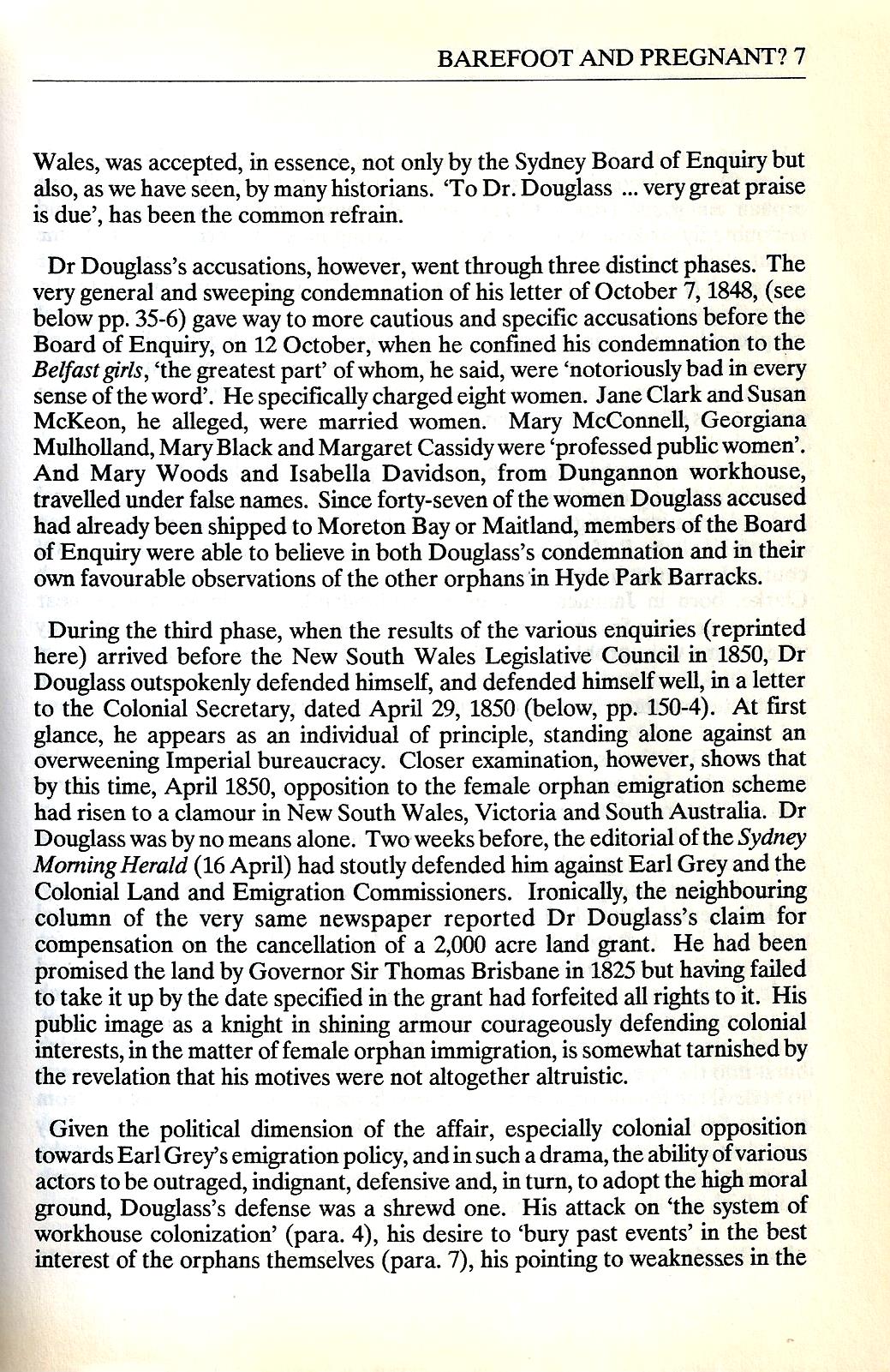





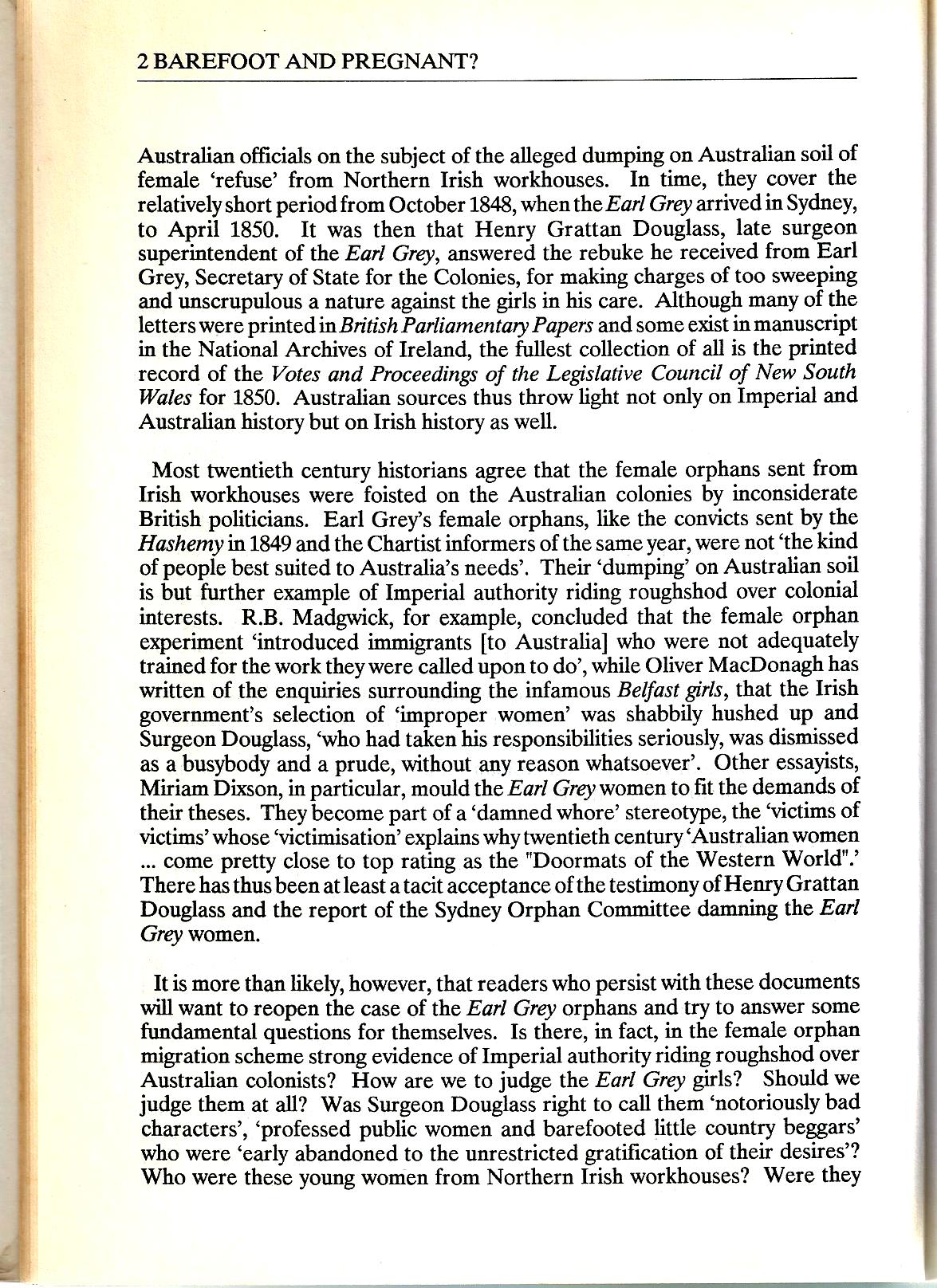


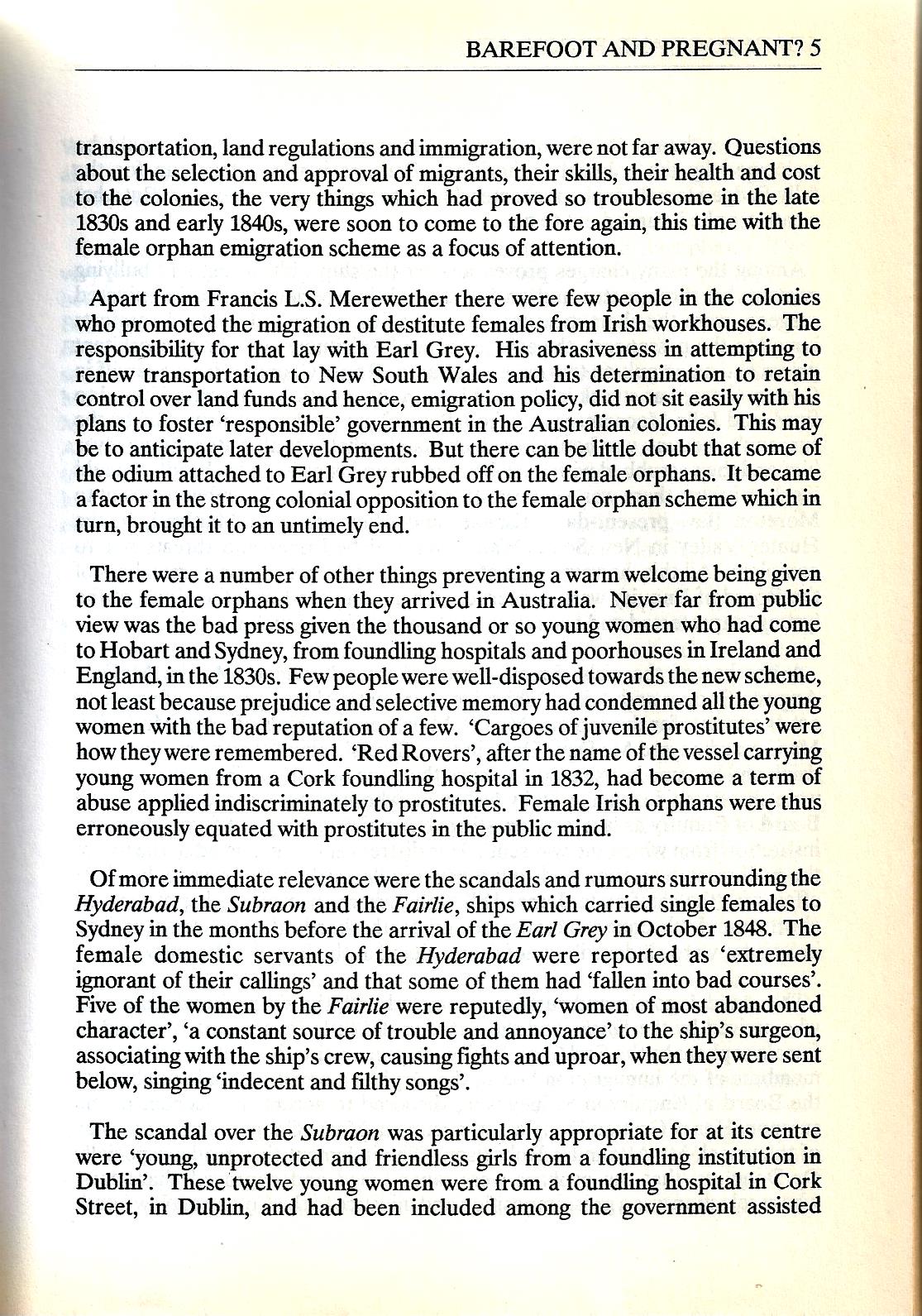
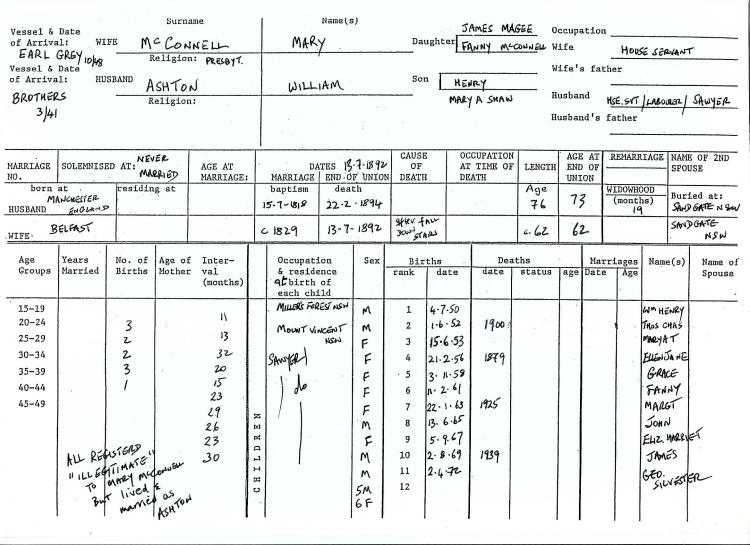
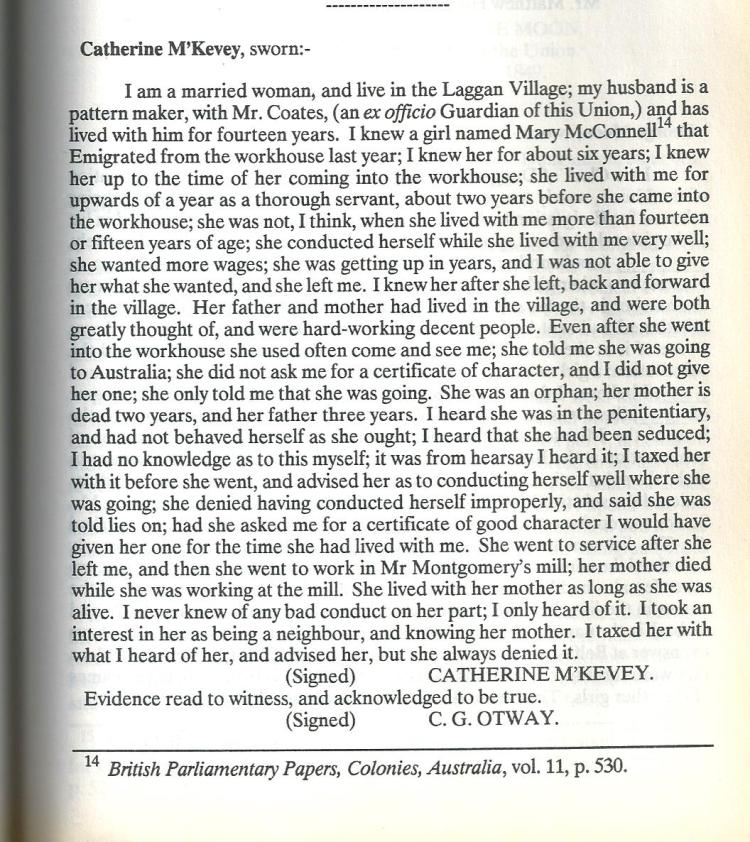
You must be logged in to post a comment.